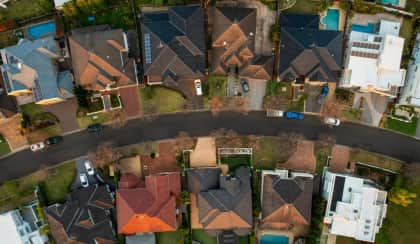Why new listings are defying the normal seasonal slump
Nowhere is the trend more pronounced than in Victoria.

Australia’s cooler winter months usually coincide with a drop off in new listings for the real estate industry, but this year things are looking a little different.
While there has been a slight slowing of new properties onto the market, CoreLogic reported that over the past four weeks, 38,258 have been freshly advertised, which is 18 per cent more than at the same time last year and 7.7 per cent above the five-year average.
No one factor is responsible for the jump in activity, rather CoreLogic attributed the change to the confluence of three motivations on the part of vendors.
Firstly, properties are likely coming onto the market that sellers had been holding back during the early phase of the rate hiking cycle. Additionally, some owners might have decided to sell due to financial pressure during this high interest rate environment. And it’s also possible that some vendors are looking to cash in after a period of significant growth in values, thus derisking their balance sheets.
Higher vendor activity is being witnessed across almost every capital city and state region except Hobart, which reported a 2.4 per cent fall in listings. This comes as no surprise, as listings in the Tasmanian capital have been elevated for several years, with the city recording a downturn in prices since peaking in March 2022.
Melbourne, on the other hand, is racing ahead of the pack, with listings up 34.8 per cent over this time last year, while regional Victoria experienced a 39.4 per cent surge in new properties on the market.
This jump is attributed not only to the factors affecting the nation at large, but also tax changes that could be pushing investors to sell up, according to CoreLogic.
Buyers appear to be meeting the increase in new listings with equal appetite, with properties being absorbed by the market at a rapid pace.
Looking at total listings however, with a high amount of fluctuation over the past five years and even the recent 12-month period, the current trend is slightly below historical averages, with the total number of homes advertised for sale 3 per cent lower than a year ago and almost 19 per cent below the previous five-year average.
Western Australia, South Australia and Queensland are primarily responsible for pushing the averages down, with total listings sitting more than 34 per cent below the previous five-year average in these states. CoreLogic reported that price gains have tracked accordingly, with values rising as buyers compete for a small pool of available properties.

